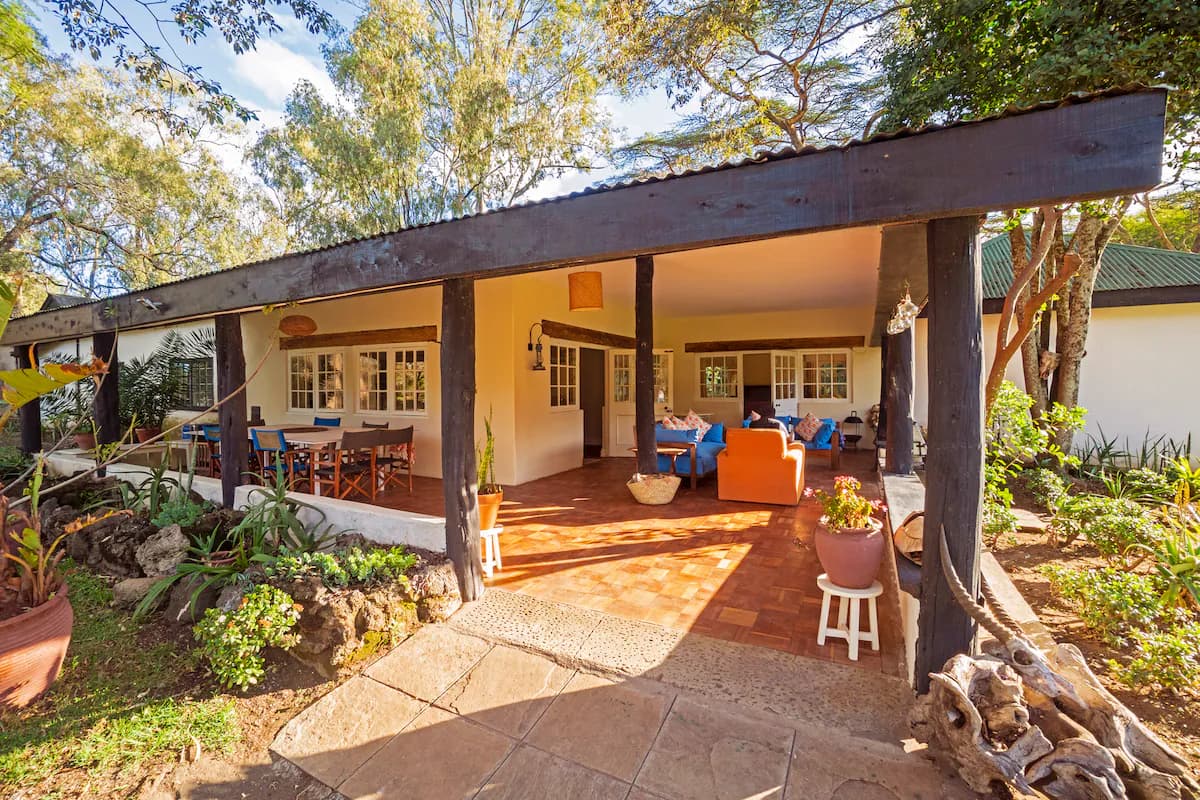We're loading the full news article for you. This includes the article content, images, author information, and related articles.
Once the home of pioneering wildlife filmmakers Alan and Joan Root, this historic Naivasha property now serves as a vital sanctuary and rehabilitation centre for Kenya's threatened birds of prey, blending a rich history with critical conservation efforts.

NAIVASHA, KENYA – Nestled on the shores of Lake Naivasha, Kilimandege House, which translates to 'Hill of the Birds', stands as a testament to Kenya's rich natural heritage and a pivotal site for contemporary conservation. Once the celebrated home and filming headquarters of Oscar-nominated wildlife documentary pioneers Joan and Alan Root, the historic 1930s residence is now at the heart of the 88-acre Kilimandege Sanctuary, a crucial haven for wildlife and the location of the Naivasha Raptor Centre.
The Roots, renowned for their groundbreaking work with the BBC and National Geographic from the 1960s to the 1980s, acquired the property in 1962. It became the base from which they produced internationally acclaimed films that changed the landscape of wildlife cinematography, such as 'Mysterious Castles of Clay' (1978) and 'Mzima: Portrait of a Spring'. Their innovative and often daring filming techniques provided global audiences with unprecedented views of East African wildlife. Memorabilia from their storied careers, including a snorkel bitten by a hippo during an underwater shoot, can still be found within the house.
Today, the legacy of conservation at Kilimandege has evolved. The grounds are home to the Naivasha Raptor Centre, a critical facility managed by the Kenya Bird of Prey Trust. The centre serves as a primary care unit for injured, poisoned, or orphaned birds of prey from across Kenya. According to the Trust, many raptors fall victim to human-related threats, including collisions with power lines, wind turbines, and vehicles, as well as poisoning.
Directed by Shiv Kapila, the centre provides essential medical treatment and long-term rehabilitative care. While the goal is always to release the birds back into the wild, some with permanent injuries become residents, serving as educational ambassadors for their species. The facility currently has accommodation for 40 birds and includes specialized enclosures, such as one for vultures completed in 2020. The centre plays a vital role in the conservation of threatened species, including the critically endangered Rüppell's vulture.
The Kilimandege Sanctuary itself is a vibrant ecosystem, hosting over 350 species of birds and a variety of wildlife, including giraffes, zebras, waterbuck, and hippos that freely roam the property. The sanctuary's preservation is supported by proceeds from guest stays at Kilimandege House and the adjacent Otter Cottage, directly funding conservation projects on the property. This model of sustainable tourism contributes directly to the protection of Naivasha's delicate ecosystem.
The conservation work at Kilimandege is part of a broader effort to protect the Lake Naivasha basin, a designated wetland of international importance since 1990. The region faces significant environmental pressures from land degradation and pollution, which threaten its rich biodiversity. Organizations like the Lake Naivasha Riparian Association and initiatives praised by the World Wildlife Fund for Nature (WWF) are working to implement sustainable management practices to safeguard the area for future generations. The efforts at Kilimandege and the Naivasha Raptor Centre, which works in partnership with the Kenya Wildlife Service and National Museums of Kenya, are a key component of this regional strategy to ensure that Naivasha's wildlife, from its iconic raptors to its grazing herbivores, continues to thrive.
Keep the conversation in one place—threads here stay linked to the story and in the forums.
Other hot threads
E-sports and Gaming Community in Kenya
Active 7 months ago
Popular Recreational Activities Across Counties
Active 7 months ago
The Role of Technology in Modern Agriculture (AgriTech)
Active 7 months ago
Investing in Youth Sports Development Programs
Active 7 months ago